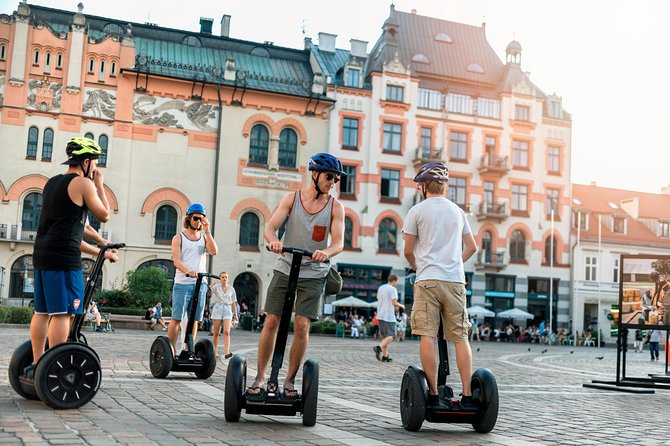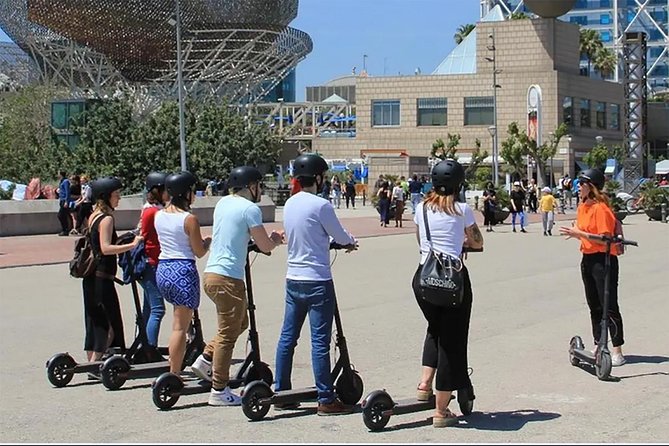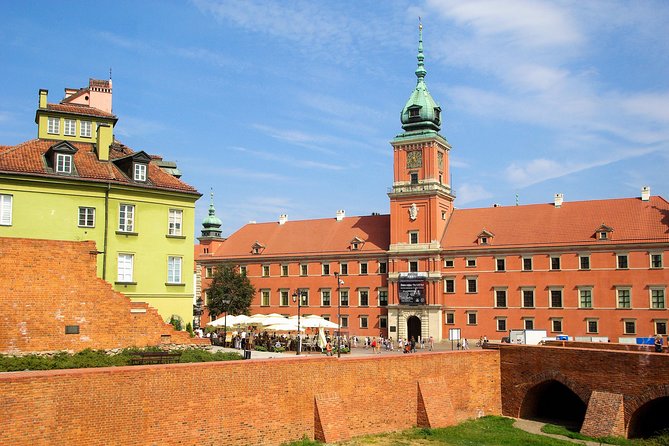Imagine stepping onto les pavés of la Place du Château. You feel the slight unevenness beneath your feet, a gentle reminder of centuries past. The air, even in the heart of the city, carries a certain crispness, sometimes a hint of distant baking spices from a nearby café. You hear the faint chatter of voices, the occasional distant clang of a tram, but here, at the foot of the castle, a sense of calm begins to settle. You walk towards the imposing façade, feeling its grand scale, the coolness emanating from its ancient stones, even if they've been meticulously rebuilt. The sheer volume of the space around you is the first thing that hits – it’s vast, open, inviting you in.
Once inside, the world outside starts to fade. You hear your own footsteps echoing softly on polished wooden floors, sometimes a deeper thud on a marble slab. Imagine reaching out, feeling the cool, smooth surface of a banister as you ascend a grand staircase. The air here is different, carrying a faint, almost imperceptible scent of old wood polish, sometimes a hint of something metallic from an ancient display. In the grand halls, like the Ballroom or the Throne Room, you feel the immense space around you, a sense of opulence that wraps around you like a heavy velvet cloak. The silence is often profound, broken only by a hushed whisper or the distant rustle of a guard's uniform. It’s not just seeing, it’s *feeling* the weight of history in every ornate detail, every gilded frame.
As you move through the private apartments, the feeling shifts. The spaces become more intimate, yet still carry that regal presence. You might pass by a window and feel a gentle draft, a subtle reminder of the world just beyond these walls. Imagine the texture of the tapestries, their intricate weaves telling silent stories, or the smooth, cool surface of an antique desk. In the quieter galleries, you can almost *feel* the gaze of the portraits following you, their painted eyes holding secrets from another era. There's a particular warmth in rooms bathed in natural light, a softness that contrasts with the grandeur of the main halls, making you feel a connection to the lives once lived here, despite the solemnity. It’s a journey through time, felt through the air, the surfaces, the quiet sounds.
Okay, practical stuff. To actually *get in* and experience all that, you'll need a ticket. You can buy them online on the official Zamek Królewski website – super recommended, especially during peak season, to skip the queue. Otherwise, there are ticket counters right there. There are different types: for the main exhibition (the one I just described), for temporary exhibitions, or combined. Check their opening hours online before you go; they vary by season and day. To really *feel* the place without too many distractions, try to go first thing in the morning right when they open, or later in the afternoon an hour or two before closing. It’s usually less crowded then, giving you more space to breathe and absorb. Plan for at least 1.5 to 2 hours for the main exhibition, more if you like to linger.
Once you're done inside, you're perfectly placed to explore more. The castle is right on Plac Zamkowy (Castle Square), which is essentially the gateway to the Old Town. Step out, and you’re immediately surrounded by charming streets. You can easily walk to the Rynek Starego Miasta (Old Town Market Square) in five minutes – great for grabbing a coffee or a traditional Polish pierogi from one of the many spots. St. John's Archcathedral is also just a stone's throw away if you want to pop in. For getting there, public transport is easy: trams and buses stop very close by. Just remember, the Old Town is mostly pedestrianized, so wear comfortable shoes for all the walking on those beautiful, but sometimes uneven, cobblestones!
Max in motion.











